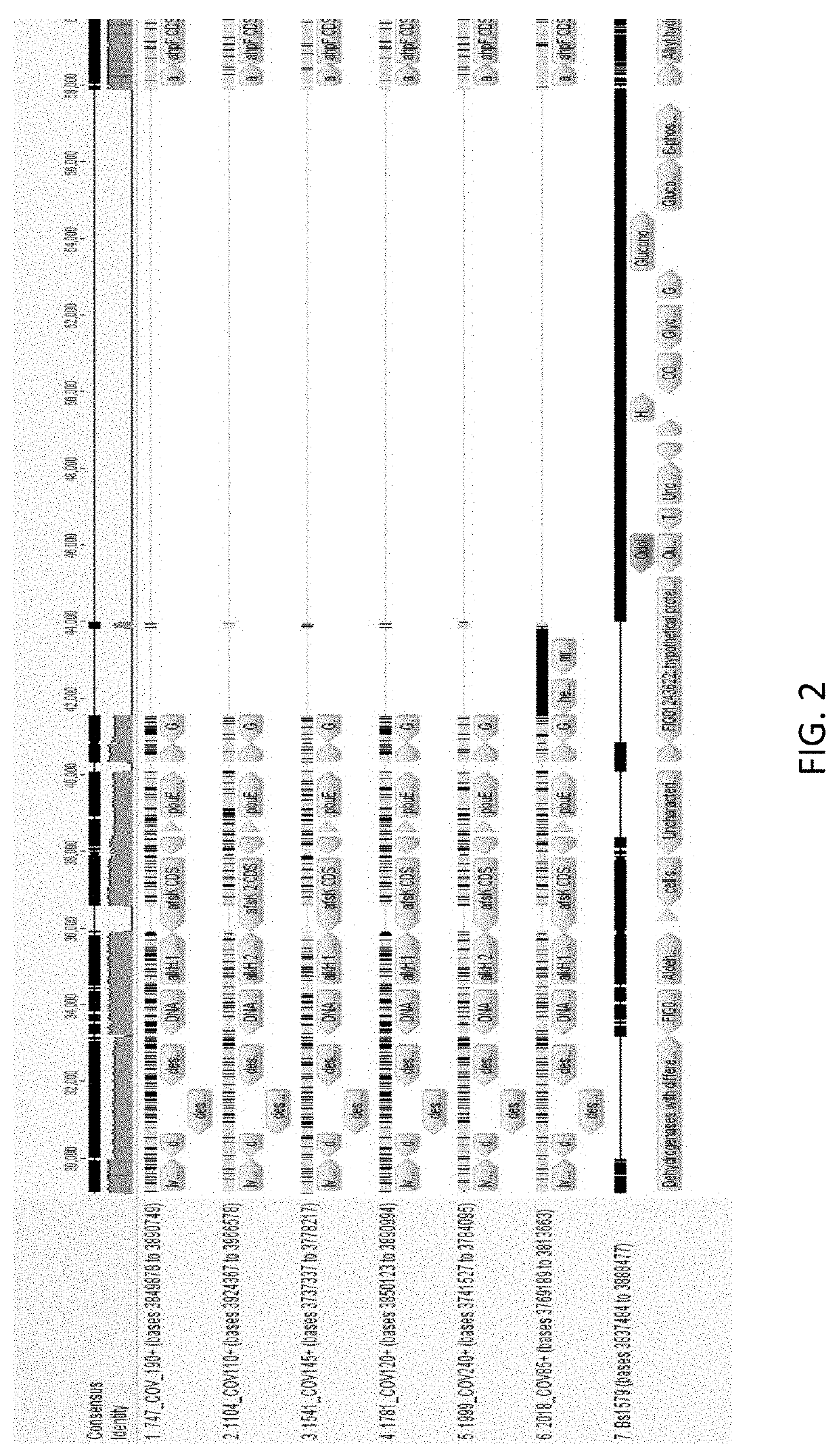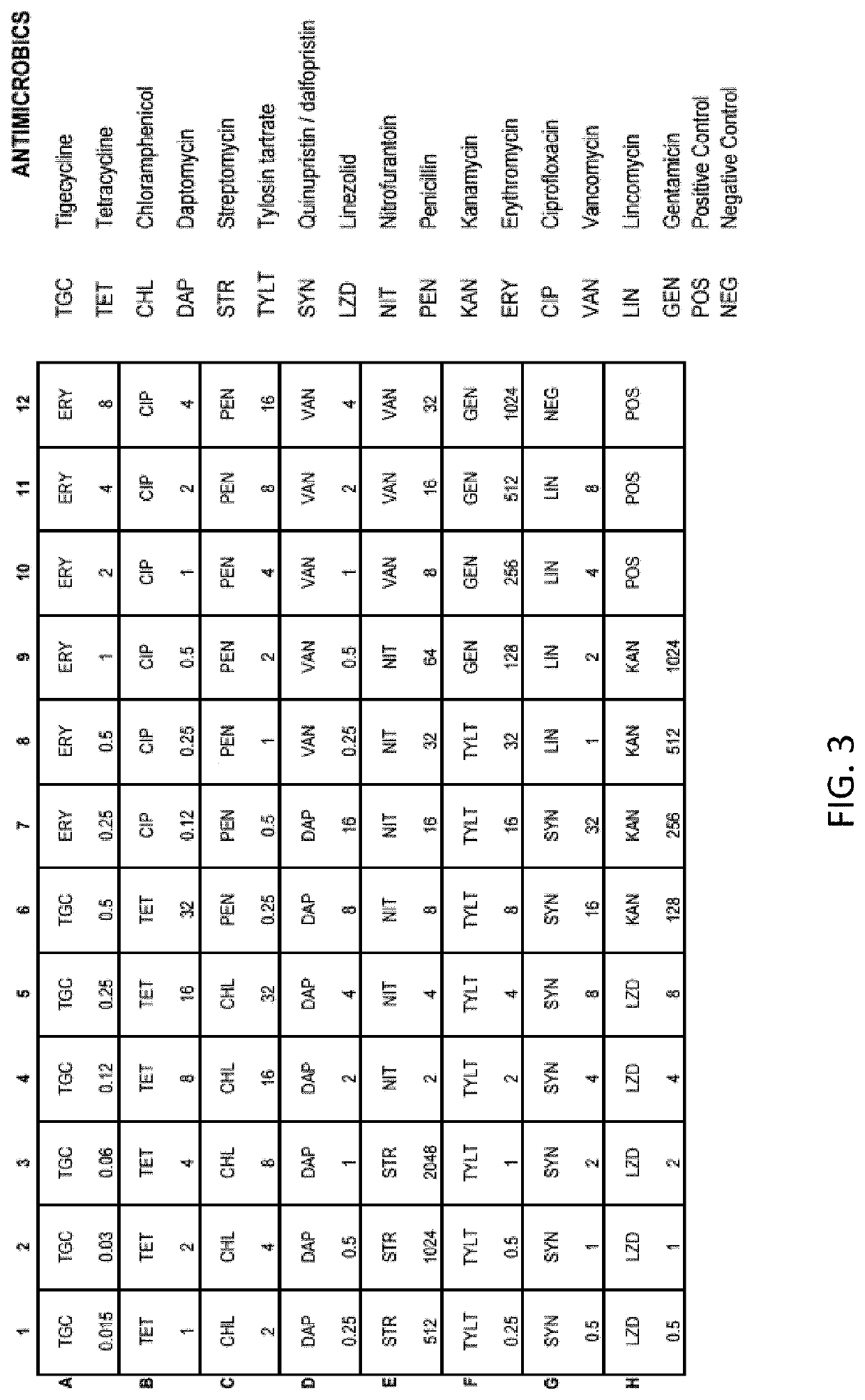Microbial compositions to increase the production of pca from polyphenols
a technology of polyphenols and compositions, applied in the field of microorganism compositions, can solve the problems of poor bioavailability of dietary polyphenols in disease prevention, low levels of pca commonly ingested in the diet of animals and humans, and constrain the perceived functionality and efficacy of a population, so as to improve milk quality and milk production quantity, reduce inflammation, and reduce cortisol.
- Summary
- Abstract
- Description
- Claims
- Application Information
AI Technical Summary
Benefits of technology
Problems solved by technology
Method used
Image
Examples
example 5
ammatory Activity of Protocatechuic Acid
[0177]Controlling stress and inflammation is essential in maintaining health. The inflammatory process requires energy utilization and releases a host of inflammatory mediators. This inflammation, if left unchecked often leads to secondary tissue damage, increased body temperature and heart rate, and decreased feed intake and milk production. Various plant derived compounds are well known to influence immune development and oxidative status. These phytochemicals bolster the immune system and provide antioxidant relief by directly absorbing reactive oxidants as well as activating the body's inherent antioxidant systems while modulating the immune system. Phenolic acids, such as protocatechuic acid (PCA), exert their protective effects by scavenging free radicals and, perhaps more importantly, by directly binding cellular targets (Masella et al., 2012). This direct mode of action allows PCA to inhibit key inflammatory enzymes and modulate cellul...
PUM
| Property | Measurement | Unit |
|---|---|---|
| body weight loss | aaaaa | aaaaa |
| pH | aaaaa | aaaaa |
| volumes | aaaaa | aaaaa |
Abstract
Description
Claims
Application Information
 Login to View More
Login to View More - R&D
- Intellectual Property
- Life Sciences
- Materials
- Tech Scout
- Unparalleled Data Quality
- Higher Quality Content
- 60% Fewer Hallucinations
Browse by: Latest US Patents, China's latest patents, Technical Efficacy Thesaurus, Application Domain, Technology Topic, Popular Technical Reports.
© 2025 PatSnap. All rights reserved.Legal|Privacy policy|Modern Slavery Act Transparency Statement|Sitemap|About US| Contact US: help@patsnap.com



